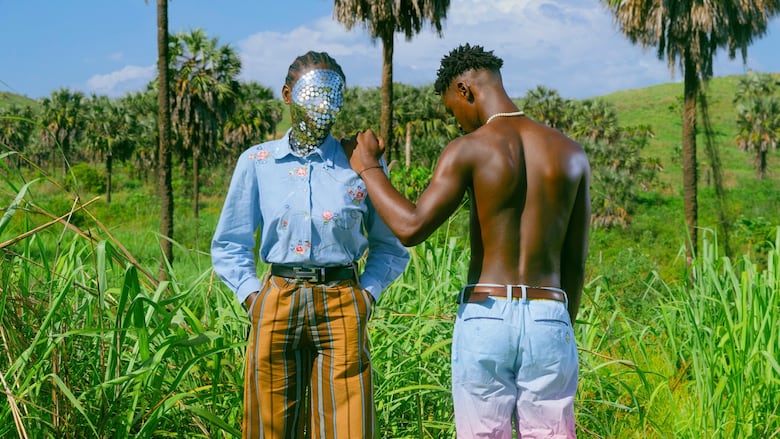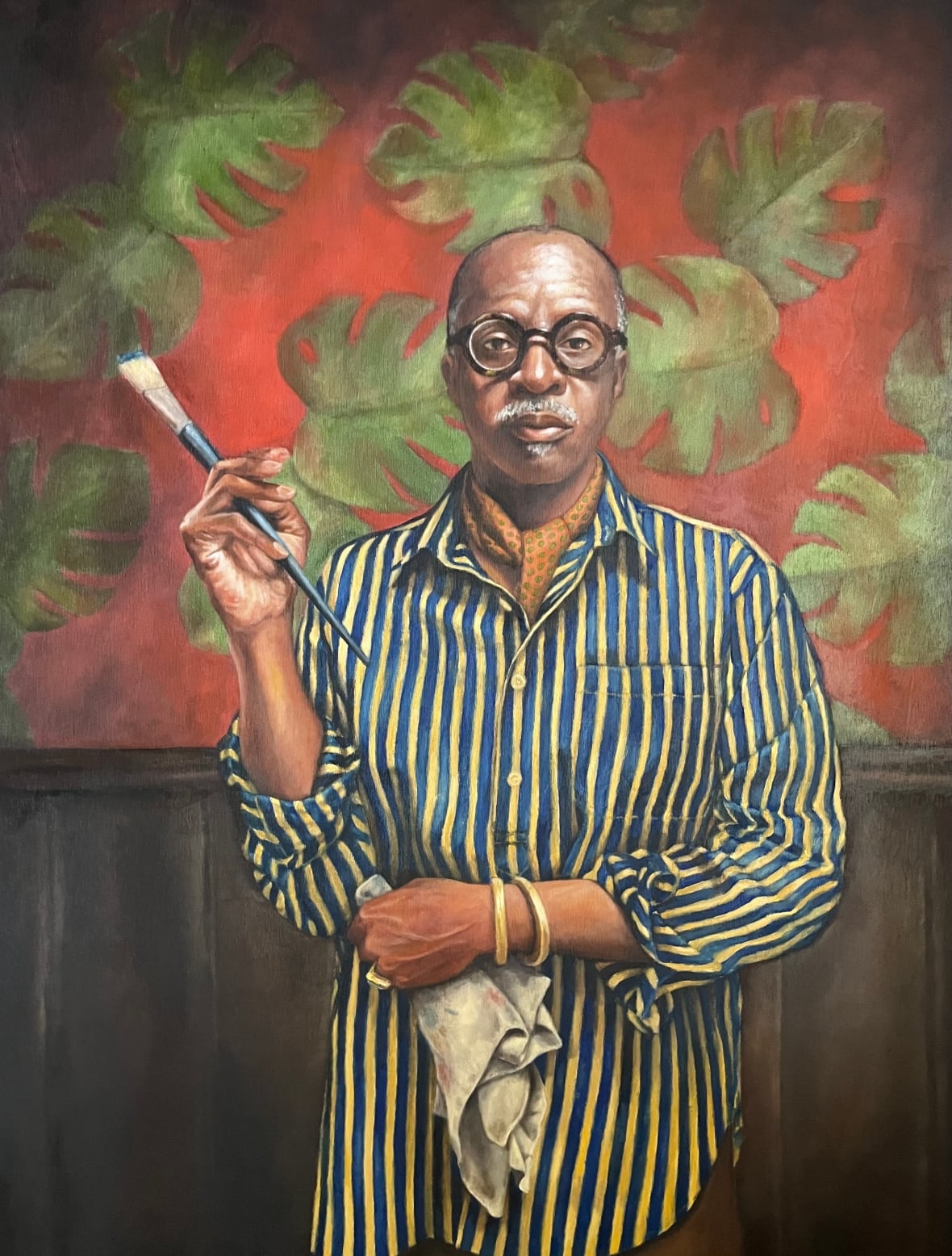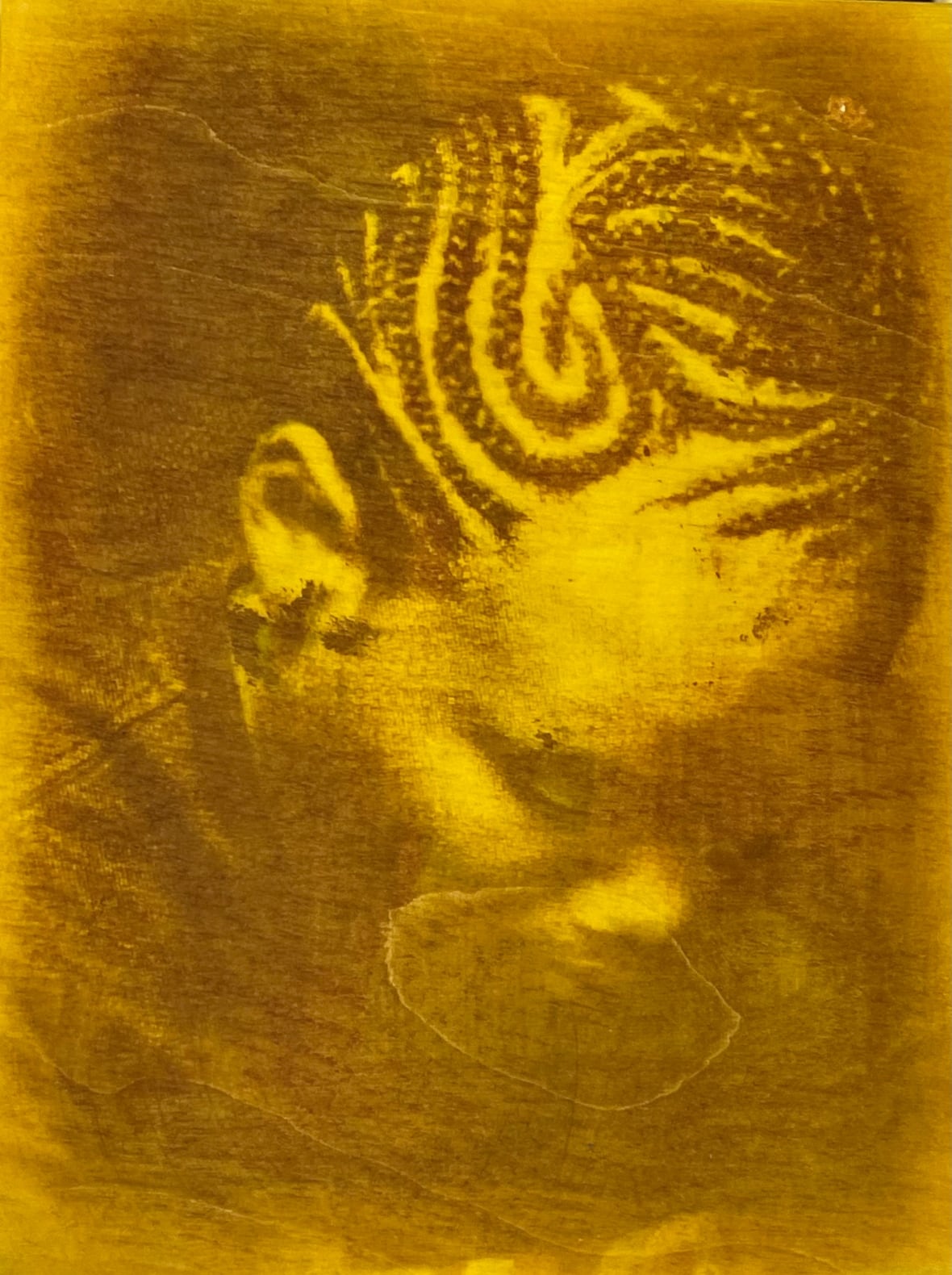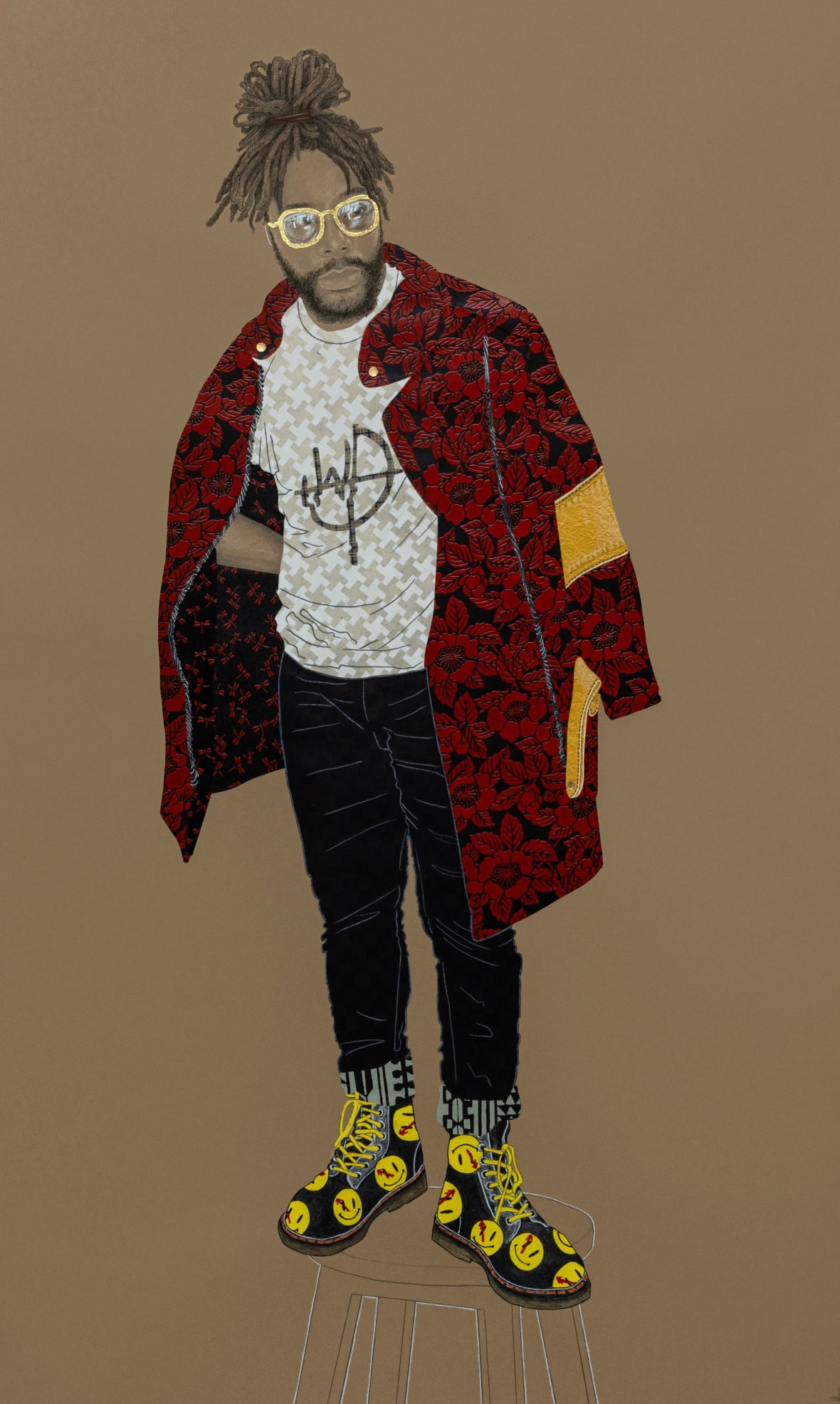An art exhibit that showcases the resistance and resilience of Black fashion
Too Much Fashion at United Contemporary in Toronto explores the power of style through the work of 9 artists

"Dandyism" has been a hot topic for the majority of 2025. After "Black Dandyism" was the theme of the Met Gala in May, the concept has taken over social media and generated conversation around the Black influence of fashion.
But, more than a year before the Met Gala, Byron Armstrong and Ilene Sova — collectively known as Armova Curatorial — started thinking about creating an art show celebrating the power of Black style. The resulting show, Too Much Fashion: An Ode to Black Creative Resilience, opened at Toronto's United Contemporary gallery on Emancipation Day.
The phrase "too much fashion" comes from the late African American fashion journalist André Leon Talley, a man known for his innovative and extravagant personal style. While Talley originally said it as a slightly snarky hot take, Armstrong and Sova are using it as a tribute to the Black man who was one of the most powerful people in the fashion industry.
The pair conceived of the exhibition after seeing many shows that centred Black trauma in discussions of issues important to the Black community.
"Many of the topics explored are real topics that need to be spoken about," Armstrong says. "I wanted work that could speak to the theme of the show without re-traumatizing people. I wanted it to be celebratory and colourful. I wanted the Black figure to be celebrated."


As an arts educator, Sova knew the importance of representation as well as the lack of Black figures in historical portraiture.
"What this show does is it takes the everyday people that we see and it shows representation and celebration through dress and style," says Sova. "To see a 14-year-old boy from the Bahamas in a portrait that is huge and taking up space in a gallery, that's such a political statement."
In total, the exhibit features nine artists — all but one living in Canada — who use a range of media, from painting through collage. They are Gordon Shadrach, Benny Bing, Veronica Dorsett, Ojo Agi, Ehiko Odeh, Kachelle Knowles, Janice Reid, Kriss Munsya and Adetona Omokanye.
Odeh, who was born in Lagos and lives in Toronto, started working as an artist in 2018 after studying at OCAD University. She's known for her powerful imagery of Black hairstyles as well as work that showcases vintage hair products and explores their ingredients through herbology.

Her work in Too Much Fashion uses a solar fast dye printmaking process to make images on wood panels. They show different hairstyles that inspired Odeh.
"You can never go too much with your hair," she says. "Hair is such a huge part of fashion and it's such a huge part of how you present yourself."
For Odeh, hairstyling represents an act of resilience because it signifies the acceptance of self. "There's something beautiful about accepting yourself, but also accepting the diversity that your hair can do. Our hair is just like magic, and there's so much resilience that comes with being yourself and also trying new things."
Benny Bing is a painter Armstrong and Sova have long been fans of. He's best known for his striking portraits of Black women that explore gender and identity. Inspired by his mother and other women close to him, he set out to immortalize their beauty through his work. Simultaneously, he investigates what "Blackness" means for someone raised in Nigeria, where there is no racial divide.

His work in Too Much Fashion, however, has a different theme. Two years ago, Bing's brother was murdered in downtown Toronto. Two days after the funeral, their father passed away from the heartbreak. Bing processed his grief through his art, he says. He created a series of male portraits, which he had not done previously.
The works show three generations of men inspired by his father, brother and nephew. In each portrait, the subject exudes class and a gentle strength, with vibrant colours framing their grey-scale features.
Black people are "trendsetters," Bing says. "We're cultural creators. What we wear the world follows and copies."
Kachelle Knowles is an artist from the Bahamas, who studied at the Emily Carr University of Art and Design in Vancouver and has exhibited several times in Toronto. She makes digital and mixed media images focusing on Black men as her subject.

Knowles' work in Too Much Fashion is based on one of the artist's best friends. He modelled for her in his everyday work wear, and then dressed up as his ideal self. Knowles' goal was to show the idealized version as an uplifting and inspirational version of the Black man.
The artist feels her work embodies Black resilience because it archives moments that might not be depicted otherwise. These moments are small and perhaps unnoteworthy, but she builds the Black narrative by capturing the people who inhabit this slice of time and place.
Too Much Fashion curators Armstrong and Sova hope to create a space with their exhibition that feels inviting — the opposite of the stereotypical elitist art space.
" We want to evolve the idea of a gallery," says Armstrong, "so it can be a space for discussion and conversation."
Too Much Fashion: An Ode to Black Creative Resilience is on through Aug. 30 at United Contemporary in Toronto.

